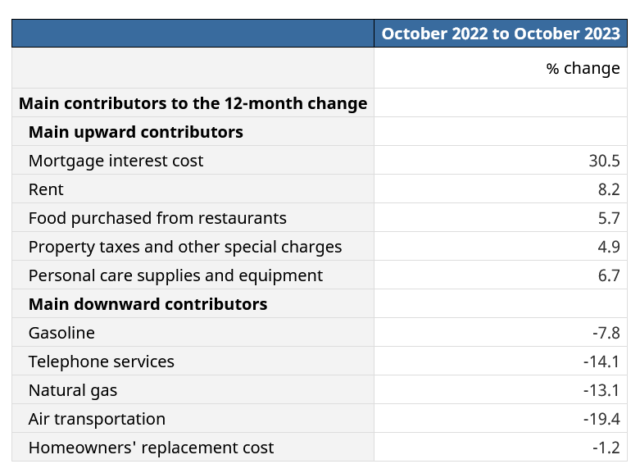Two data points, I am not adding any value to the universe with this post:
The Nasdaq 100 had a +55% year, while the Nasdaq Composite was +45%.
I don’t think there is any degree of active portfolio management that would match this number.
The correct strategy in 2023 was to put your portfolio into 5 equal-sized chunks, in NVidia, Facebook/Meta, Tesla, Microsoft, Amazon and Apple. (You can sub-in your favourite large-cap darlings here, including Google and the like, but you get the idea).
No sane portfolio manager would do this.
It is very similar to the times in 1999 how if you weren’t in technology stocks (whether large cap, or the trashiest of the trash dot-com companies) in 1999 that you were guaranteed to under-perform.
The question is whether we will see “momentum”, or “regression to the mean” going forward.
I truly don’t know anymore. I note that, separate to the investment world, I have been receiving some email correspondences that are worded like they were generated by ChatGPT. Indeed, when I entered the text of the email and asked for it to form a response, it spit out some language. I then asked ChatGPT to simplify it, and what came out looked like a carbon copy of what said individual emailed to me.
I think from this point forward I’m just going to resort to in-person face-to-face communication.
However, others will opt for the convenience of not having to parse language in their heads, let alone spill it out on a keyboard (or god help those that can use touchscreen phones to do their typing). They will not have to deal with grammar, or even have to think about anything. AI will take care of it.
So perhaps it isn’t too late to buy those deeply out of the money calls on NVidia, it is banking on the intellectual laziness of people – sadly a safe bet.
================
In 2024, Canada will have an active stock buyback tax of 2% applied on net share repurchases. While the legislation is more technically worded, essentially “net” in this case means that share buybacks beyond offsetting share issuances (whether through SPOs or option issuances, etc.) will be taxed at 2%. I don’t wish to get into the stupidity of how meddling in capital structure is going to cause perversions (indeed, prior to this, share buybacks are tax-preferential to dividends and this in itself was a perversion), but nothing makes the government more happy to claim to the public they are sticking it to greedy corporations with their share buybacks than applying an additional tax.
While 2% is not a huge penalty to pay, it is one more unnecessary friction impeding the return on and of capital. I am looking at the companies in my existing portfolio and am wondering if the ones voraciously performing share buybacks will be more keen to compensate through the issuance of stock options. Again, 2% is not a huge penalty to pay, but it is yet another annoyance.
